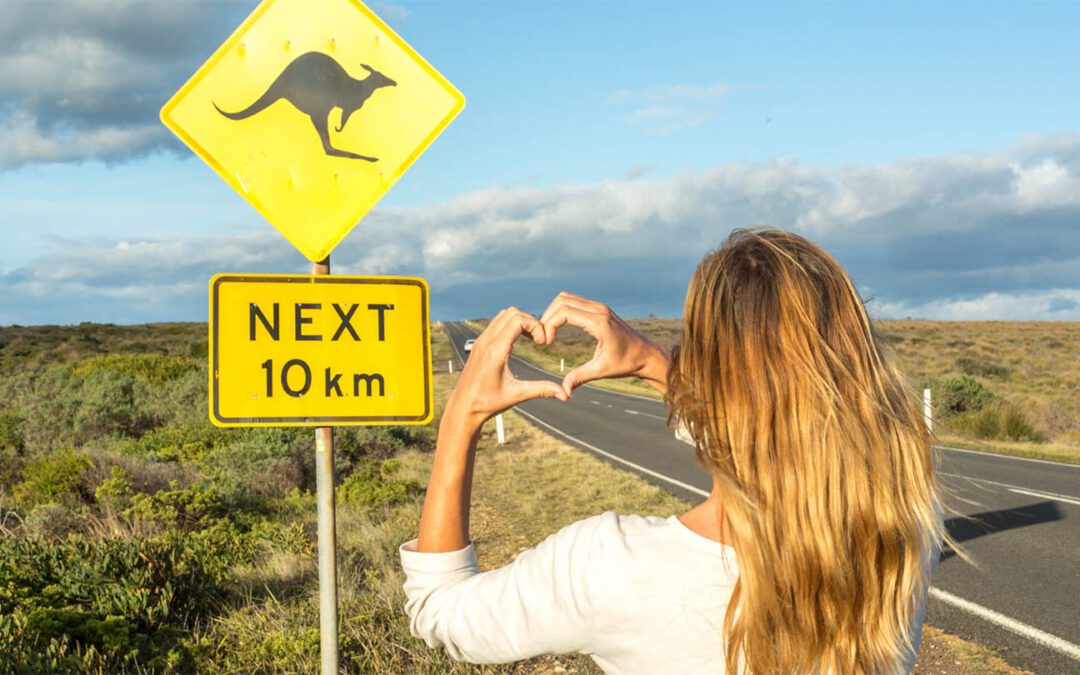In a post-Covid world, more people now meet their partners online than through friends or work combined.
However, for single Aussies who wish to find a partner “organically” or for those who aren’t as “tech-savvy” as others, where should they be looking to find love?
The Australian Bureau of Statistics (ABS) revealed the areas in Australia which have the highest proportion of males and females, with some surprising results.
Data suggests women are more likely to find love in the outer suburbs.
At the same time, men have more choices in the inner-city and plenty of other places compared to their female counterparts — assuming everyone is cisgender and attracted to the opposite sex.
The “man drought” continued, as every capital city housed more women than men, bar Darwin.
Suburban and regional areas offered more potential for single heterosexual women, so long as they were prepared to mingle with a “man in uniform” or date someone older than them.
The areas with the oldest median ages were all retirement destinations on the coast, including Cooloola, Queensland, which housed 107.9 males per 100 females.
Demographer James Lane said work and education often caused the large gender divides.
“Different occupations will see men cluster in different places, so you will have more males in mining towns, farming communities, and around military establishments,” Lane said.
“Women tend to congregate more in capital cities where there is easier access to universities and hospitals, which tend to better favour their skill sets.”
The proportion of Australia's population by sex by Ashleigh Wright
Sydney
In Auburn, there were 122.7 males per 100 females, with more than 28,000 Muslim residents.
“It’s typical you’ll see different ethnic groups that are over-represented by men, largely because men tend to migrate at a greater rate than women,” Lane said.
Meanwhile, on the other side of the city, Sydney’s eastern suburbs were home to a significantly higher than average proportion of same-sex attracted residents, with men vastly outnumbering women.
Surry Hills had 141.7 males per 100 females, while its neighbouring suburb Darlinghurst housed 139.3 men for every 100 women.
Darlinghurst resident Michael Pearce said he met his boyfriend on a night out in 2021.
“We met at Stonewall Hotel,” Pearce said.
“I have lived in Darlinghurst for six years. All my friends are either gay or bisexual, so it’s not surprising there are more men than women here when we’re all coupled up and living together.
“It’s a safe area for queer people.”
The sex ratio was dramatically different in nearby Woollahra, the home of celebrities and chief executives, which had only 83 men for every 100 women.
Melbourne
Inner-city areas proved “the place to be” for heterosexual men looking for love.
South Yarra had 89.5 men for every 100 women.
Meanwhile, men who would rather live in the suburbs can head to Balwyn, a 20-minute drive away, where there was a similar sex ratio of 87.6 men per 100 women.
The Mornington West area on the coast offered another similar level of choice for men, with 82.8 men for every 100 women.
Heterosexual women, however, will need to travel to Melbourne’s western fringes to find a partner, with Rockbank and neighbouring Mount Cottrell housing 122.4 men for every 100 women.
The rest of Australia
Boorowa Stablehand Katrina Molloy said single women should holiday in rural areas, with her hometown having 105.7 men per 100 women.
“Move around. Go on a holiday to a farming community,” she said.
“Farmer wants a wife is right, and there are plenty of good, single men out in the country.”
If a woman is not afraid of the heat, they could try Darwin, Australia’s only capital city where men outnumber women 106.8 to 100.
Meanwhile, Howard Springs had 192.5 males per 100 females, due to its proximity to army barracks.
Women who still fancied a man in uniform, but wanted to live closer to the city centre had a choice in Larrakeyah, home to a naval base, where there were 118.7 men for every 100 women.
Canberra also proved home to a large sex imbalance, for similar reasons.
Duntroon, the home of the Royal Military College, had 222.3 men per 100 women, as well as a median age of just 21.1 years.
Mining towns in Western Australia’s remote East Pilbara region housed 261.2 males per 100 females, while areas with prisons also saw significantly more men than women, with Wacol having 283.8 males for every 100 females.
Alternatively, wealthier areas closer to cities offered more choices for men, with upmarket Mosman Park in Perth’s west having 89.3 men for every 100 women.
A small handful of regional areas housed more women than men, including Albany, which had 87.7 males per 100 females.

